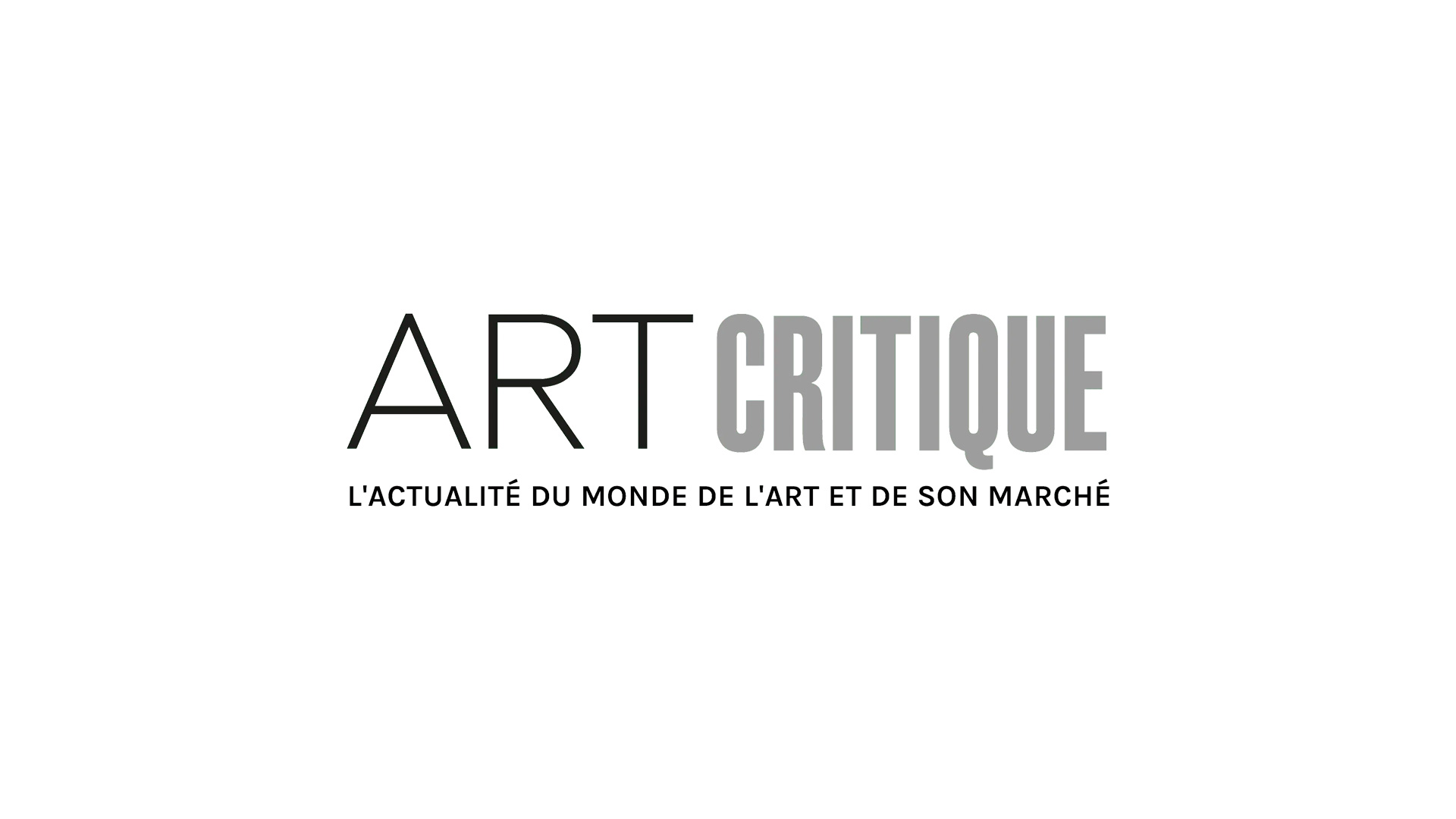About 10 years ago, a Belgian man bought a painting from a stranger at a bar near Liège for about €500 ($560). The seller was down and out on his luck and needed to make some money quickly so, the buyer decided that he’d help the guy out. Now the man, who has remained anonymous in local press only going by the alias Mr. Jo, thinks the painting might be a long-lost Rembrandt worth around €30 million ($33 million), and he might be looking to sell.
Entitled Ecce Homo, the painting has hung in the home of Mr. Jo, a businessman from Verviers, since he bought it all those years ago. It was there that one of his friends saw it and recommended that he have the painting of Jesus examined by an art expert to see if there was any history behind it. Well, Mr. Jo heeded that advice and took the painting to have it evaluated, a number of times. Mr. Jo said that stylistic similarities between Ecce Homo and other works by Rembrandt were noted by a number of those he showed it to. The businessman has also claimed that one of the Belgian Chamber of Art Experts members has looked at the painting and believed it to be an ‘exceptional’ example of work by the Dutch painter worth millions more than what Mr. Jo purchased it for. L’avenir, a Belgian newspaper, stated that Baudouin Van Steenberghe, an art collector who passed in 2008, was the member of the Association of Belgian Art Experts was the expert who made that valuation for Mr. Jo.
Not everyone is sold on this new-found Rembrandt, though, and the story has gained a bit more attention as Mr. Jo has aired his want to sell the painting. The painting received a skeptical review in relation to Rembrandt in L’avenir, which even cited an anonymous person in the art industry who believes the painting is actually ‘a fake.’ The Royal Institute for Cultural Heritage was also cited by the newspaper stating that the painting most likely dates back to between 1676 and 1699 putting its earliest date more than ten years after Rembrandt died in 1969. ‘At the time, it was presented to us,’ said a member of the Royal Institute in L’avenir, ‘by an intermediary, to date it. We did not say it was a Rembrandt and, reading the press reports, it is impossible to know.’ The institute also said that it had yet to see any documents linking the work to the Dutch painter.
‘These stories happen from time to time,’ art historian Martin Royalton-Kisch told artnet News, ‘but quite often the pictures turn out to be copies rather than the real thing.’ It is a case that might never present an easy solution. However, if Mr. Jo is in fact able to sell the painting for the wanted €30 million – turning an impressive profit, he says he plans to invest the money in his favorite football club. Maybe he’ll then get to buy the man he bought it from a decade ago a drink, too.





